
Ascent by Edward Barber and Jay Osgerby at Haunch of Venison
British designers BarberOsgerby present seven sculptural pieces based on boats, planes and satellites at Haunch of Venison gallery in London.
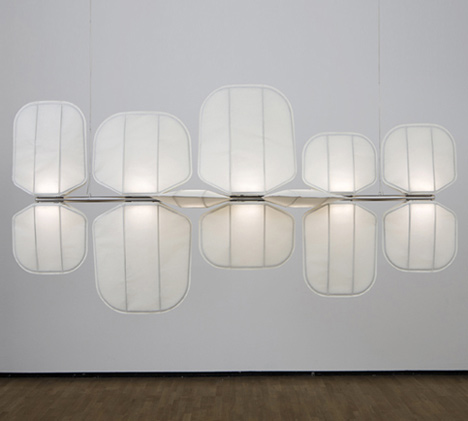
Called Ascent, the series includes an aerofoil-shaped brass shelf, wing-like dividers protruding from the wall and a satellite-style chandelier with eight paddles round a central axis.
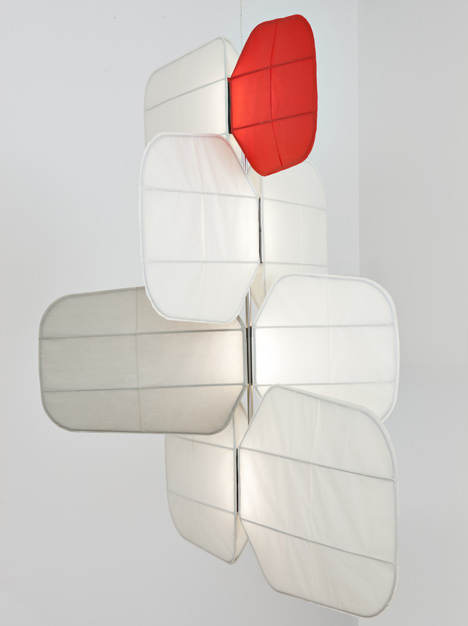
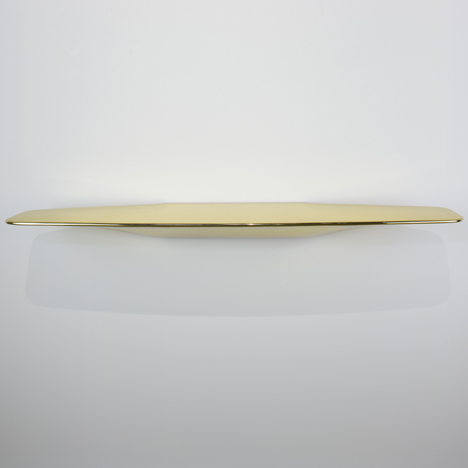
Two wall lamps, called Corona, appear to float just clear of the surface behind.
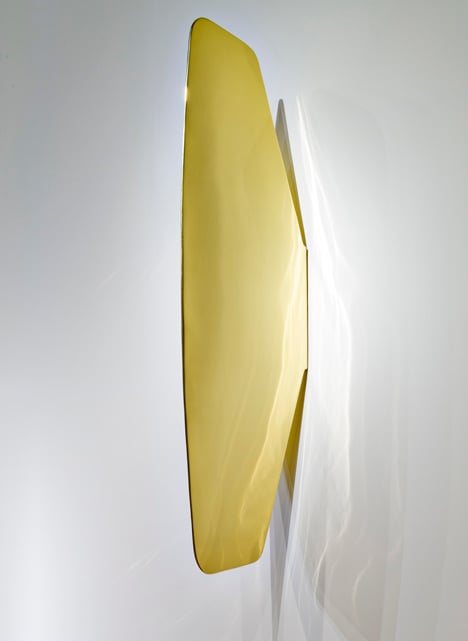
The pieces remain on show until 19 November.
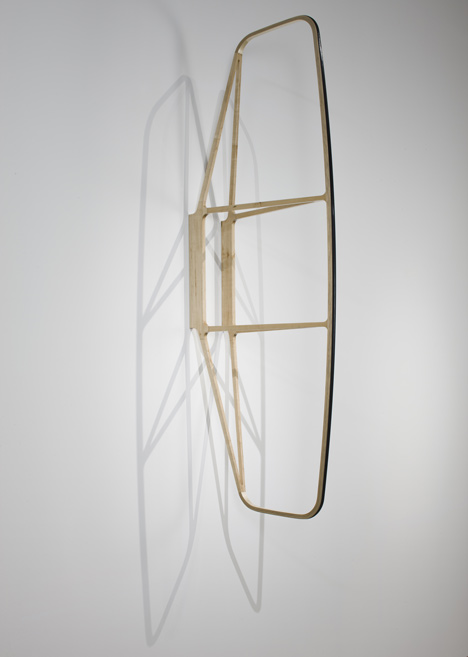
BarberOsgerby are the designers behind the torch for next year's London 2012 Olympics - see all our stories about their work here.
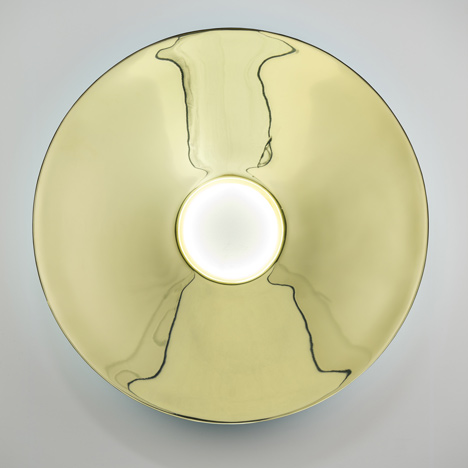
Here's some more information from BarberOsgerby:
Ascent
Acclaimed London based designers Edward Barber & Jay Osgerby will present an ambitious new project for their debut exhibition at Haunch of Venison, London. Barber and Osgerby are two of the most innovative designers working in Britain today. Recently chosen to design the Olympic Torch for the London 2012 Games, they engage in many forms of design, from industrial design to architecture.
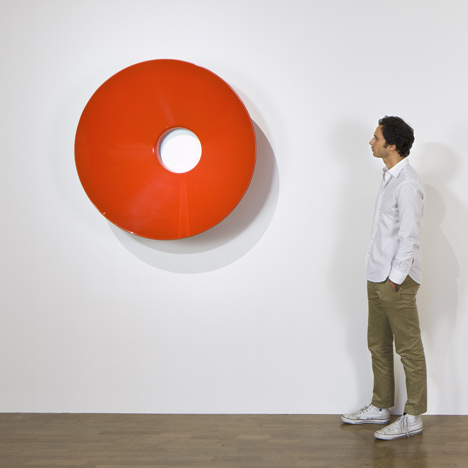
Entitled Ascent, the exhibition will present 7 new pieces by Barber and Osgerby for this, their first collaboration with Haunch of Venison. The work is inspired by the structures and engineered forms of moving craft; forms that have, what Barber and Osgerby refer to as, ‘hidden design’.
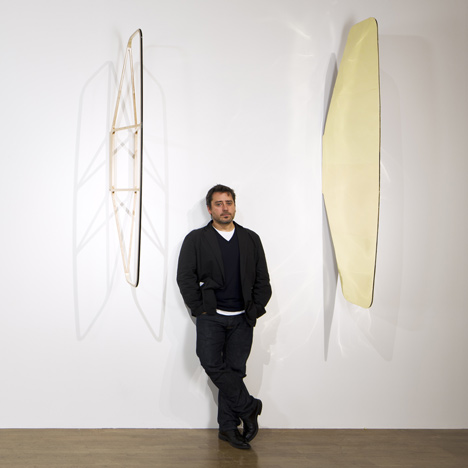
Interest in these fields originated in their respective childhoods. Osgerby grew up close to a Royal Airforce base in Oxfordshire and spent many hours watching the airplanes flying there. Barber developed a fascination with boat design while sailing as a child. ‘Those things that have evolved or that have been engineered to move swiftly through air or water often have an intrinsic formal beauty.’ Says Jay Osgerby
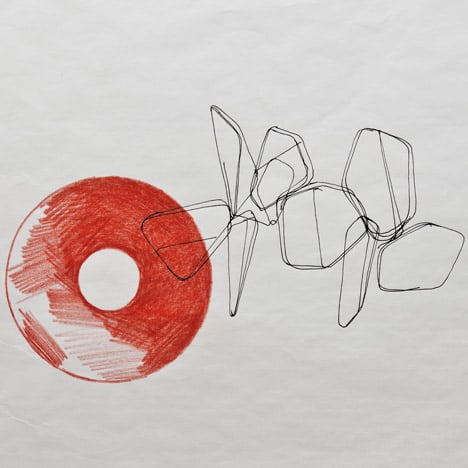
Ascent references these moving craft, for example in the fin-like shape of Foil V, a wall mounted brass structure, or the satellite shape of Planform Array V, an angular, hanging chandelier comprising of 8 segments that are fixed around a central axis. Corona 800 and Corona 1100 are two large round discs that emit light. One made from mirror-polished brass, the other brilliantly-coloured, they appear to hover just off the wall. These are shown with a vertical wall-mounted, mirror-polished brass panel.
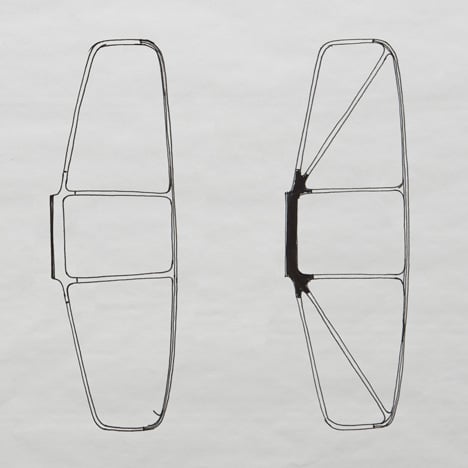
The restrained, refined approach Barber and Osgerby have to design is made visual in Ascent, with form and structure becoming the main focus of the work. The pieces keenly illustrate the architectural quality of Barber and Osgerby’s practice, by virtue of their size and enclosure-like forms. This is never more apparent than in Frame 1, a large, wall-mounted structure, which the pair have sought out a British boat builder to make.
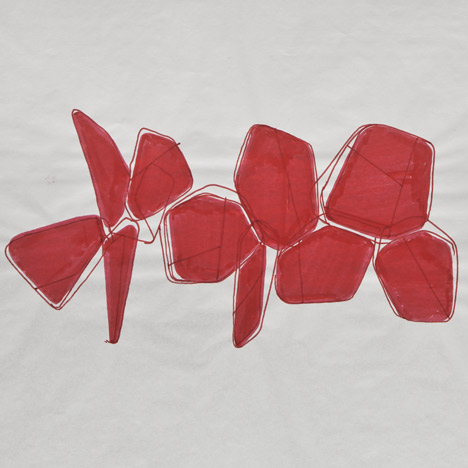
Barber and Osgerby’s love of craftsmanship and remarkable attention to detail come into play with Planform Array V and Planform Array H, two chandeliers with 8 and 14 segments respectively. The frame-like segments are covered with a handmade Japanese paper that has been hand-stitched onto each segment. Barber and Osgerby’s new collaboration with Haunch of Venison takes their work into new areas of experimentation. These limited edition works allow them to collaborate with craft skills, new materials and processes that would be too prohibitive to use when designing for mass production.
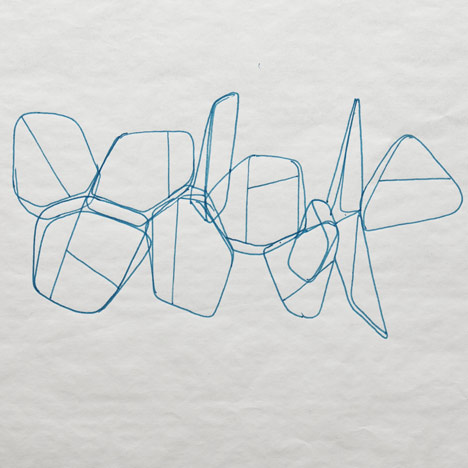
‘All these pieces are produced by skilled craftspeople that are able to combine computer-aided production techniques with their traditional skills – something that we refer to as ‘engineered craft.’ Says Edward Barber. The purity of Barber and Osgerby’s work belies the complexity of their design and development processes. In Ascent the viewer will have the chance to experience this, as both 1:1 scale models and sketches will also be on display.
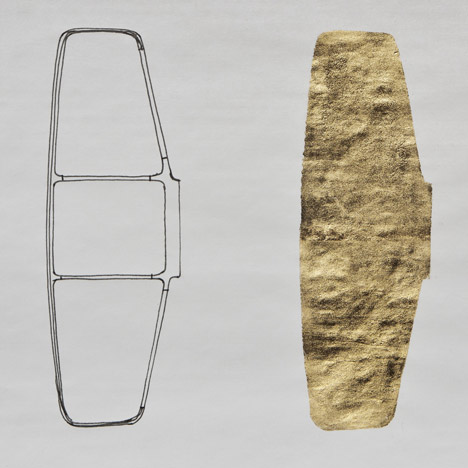
Edward Barber and Jay Osgerby founded their eponymous industrial design studio in 1996 after graduating with Master’s degrees in Architecture from the Royal College of Art in London. Barber and Osgerby’s research-led practice has developed collections for Vitra, Cappellini, Swarovski and Flos, whilst also producing edition and one-off works for both private and public commissions. Both professors of design, Barber and Osgerby have lectured internationally and hosted workshops at Ecal, Switzerland and the Vitra Design Museum. Their work is held in permanent collections around the world including the V&A Museum, London; the Metropolitan Museum of Art, New York; the Design Museum, London; the Art Institute of Chicago. In 2004 they received the Jerwood Applied Arts Prize for Furniture, and, in 2007 they were named Royal Designers for Industry, the highest honour in the UK. A monograph of their work was published in May 2011 by Rizzoli, New York.
24 September – 19 November 2011
6 Burlington Gardens,
London, W1S 3ET